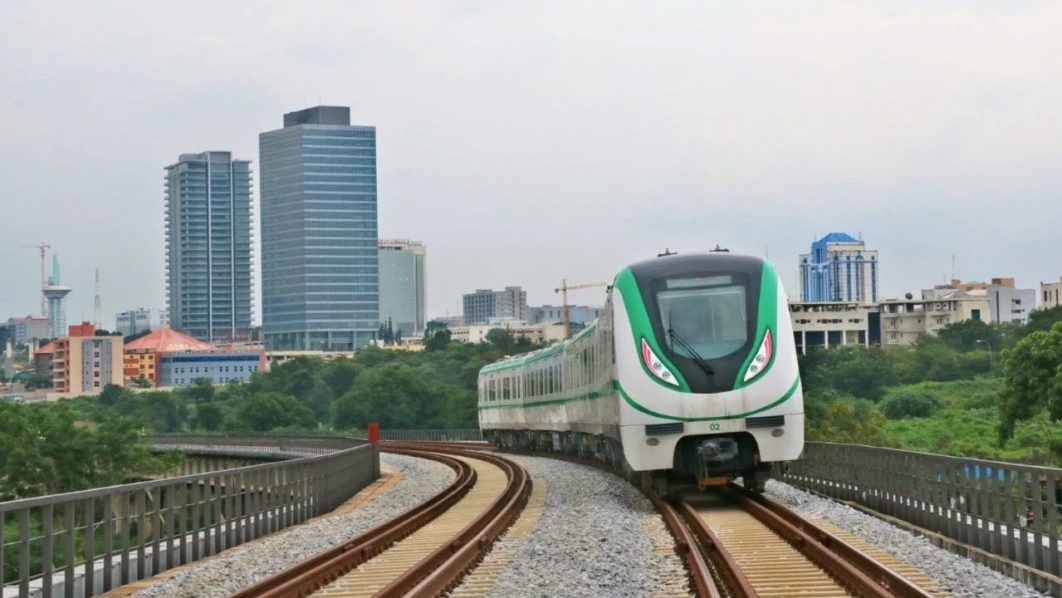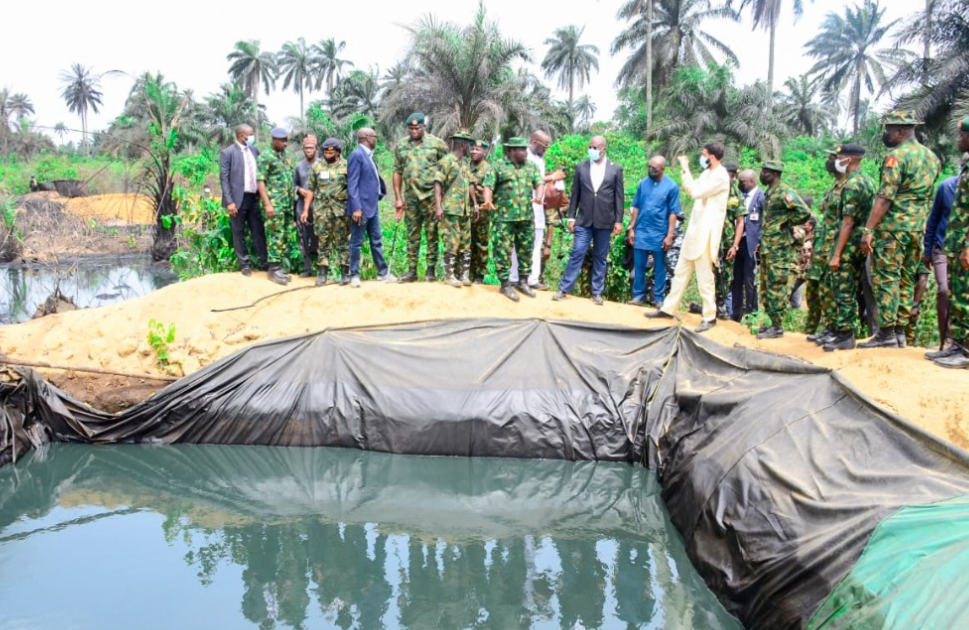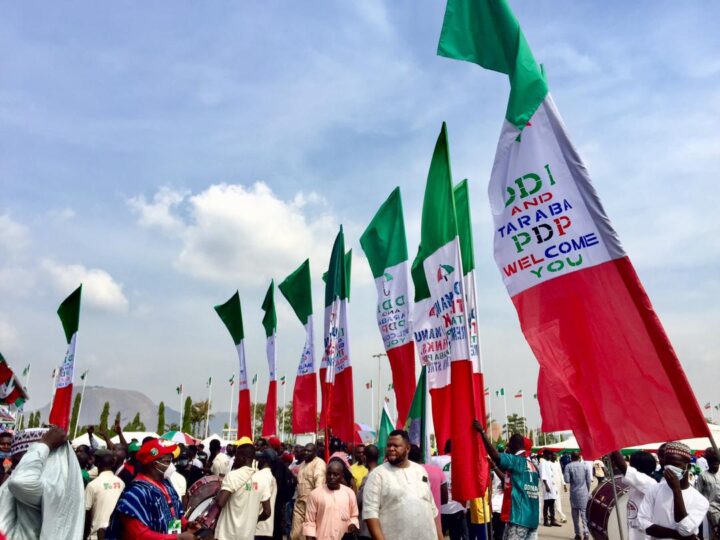BY GBENGA ONABANJO
My first train ride in Nigeria was probably in the late 1960s. It was an intracity ride from Yaba to Iddo Terminal. Back then, the trains were powered by locomotive engines that used coal, and they made so much noise and caused a lot of environmental pollution.
More than 50 years later, I took some children between the ages of five and 10 years on an excursion to Abeokuta via the newly introduced train system in Lagos. It was a very pleasurable experience as the train transportation system has been modernised.
We boarded the train at the Mobolaji Johnson Terminal at Ebute Metta. The terminal looks quite impressive and very iconic. Though not fully completed, it promises to compete with any train station in the civilised climes anywhere in the world. The station is centrally air-conditioned and it is equipped with state-of-the-art elevators, escalators and scanning machines.
Advertisement
The ticketing system is still work-in-progress. We had to pay cash at the station for all our tickets. Currently, there are no ticket vending machines or cards.
The train has three classes:
- First
- Business
- Standard
The Standard Class ticket to Abeokuta is N2000 for adults and N1500 for minors, the First Class ticket is N6,000 and the Business Class ticket is N4,000. They seem quite affordable for all cadres of commuters who may wish to go on the ride.
Advertisement
It took about one hour and twenty minutes to commute from the Mobolaji Johnson Terminal in Ebute-Metta to Professor Wole Soyinka Terminal in Abeokuta.
At the moment, there are only four recognisable stations between the Mobolaji Johnson Station in Ebute Metta and Professor Wole Soyinka Terminal in Abeokuta. We only stopped at two stations on our way—the first being the Babatunde Raji Fashola Station at Agege and the other, Mrs Funmilayo Ransome Kuti Station at Papalanto, just before the Wole Soyinka Terminus. We however noticed the Lateef Kayode Jakande Terminal at Agbado and the Prof Yemi Osinbajo Terminal on the outskirts of Lagos.
The digital messaging board in the train also indicated the Bola Ahmed Tinubu Terminal, as well as Chief Obafemi Awolowo Terminal. We however did not see any of these by the time we disembarked in Abeokuta.
The trip allowed me to observe the trend of developments along the corridor. The transition from urban to suburban and to rural was clearly observed along the way.
Advertisement
The rail corridor along the urban centres at the Lagos end was greatly congested, insecure and a very horrible sight to behold. Hordes of traders and pedestrians thronged the corridors and some displayed their wares on the rail lines but packed them on sighting the train. This is a potentially dangerous phenomenon! Pedestrians crossed the rail lines at will. This is one very critical area that needs to be thoroughly addressed to avoid any potential mishaps in the future. The concept of using transportation infrastructure as a tool for urban renewal could be deployed to resolve this issue.
The Nigeria Railway Corporation, in conjunction with the state governments, needs to embark on a massive public enlightenment campaign on the use of the corridor and the need for proper sanitation and waste management. All along the urban centres, the entire rail corridor has been turned to refuse dumps.
Notices need to be posted along the corridor in the suburban areas to control the developments along the corridor and discourage encroachment of the corridor.
The sights along the rural areas through which the train transverse were such a beauty to behold as farmlands line up both sides of the rail lines, with lush green vegetation on undulating landscape far into the distance.
Advertisement
The security provisions and comfort in the train are quite impressive. The air-conditioning system still works at its optimum. There is however the need to look carefully into the following areas to ensure commuter confidence and safety:
- Cordon off properly the rail corridor against stray animals and pedestrians.
- Establish pedestrian bridges at designated points for ease of pedestrians to cross to the other side of the rail lines without going on the rail tracks.
- Clean up the waste, nuisance and weeds along the rail corridors.
- Discourage traders from displaying their wares along the rail corridors.
- Encourage and establish proper markets at nodal points along the corridor for commuters to engage in commerce.
- Indicate all major towns along the train route with signage for knowledge of the various settlements.
The provision of escalators and elevators at the major train stations is a most welcoming idea for ease of transporting goods. There is however a need to educate the masses (through sensitisation and enlightenment) on how to use them. These facilities must have a strict maintenance regimen; otherwise, they will go bad pretty soon.
Advertisement
Adequate notices should be placed on the platforms and inside the trains for commuters to mind the gap between the platforms and the trains.
The states and local governments on the train corridor should look seriously into how to harness the economic potential this service portends and take maximum advantage.
Advertisement
Overall, it was a pleasant experience and I commend the trip to anyone who wants to go sightseeing.
Onabanjo is a Lagos-based architect, environmentalist, public commentator and the chief responsibility officer at Go-Forte Foundation.
Advertisement
Views expressed by contributors are strictly personal and not of TheCable.
Add a comment






